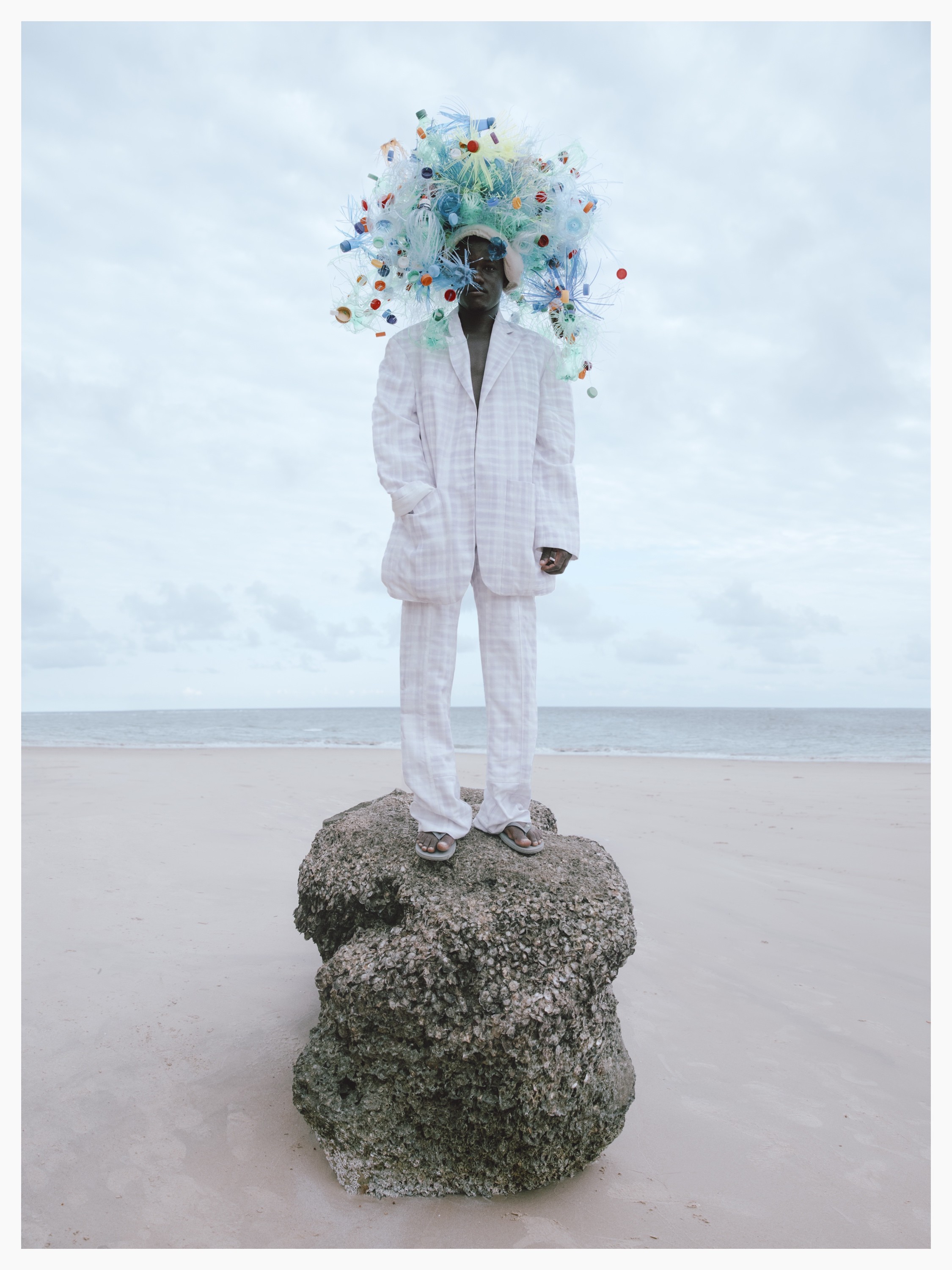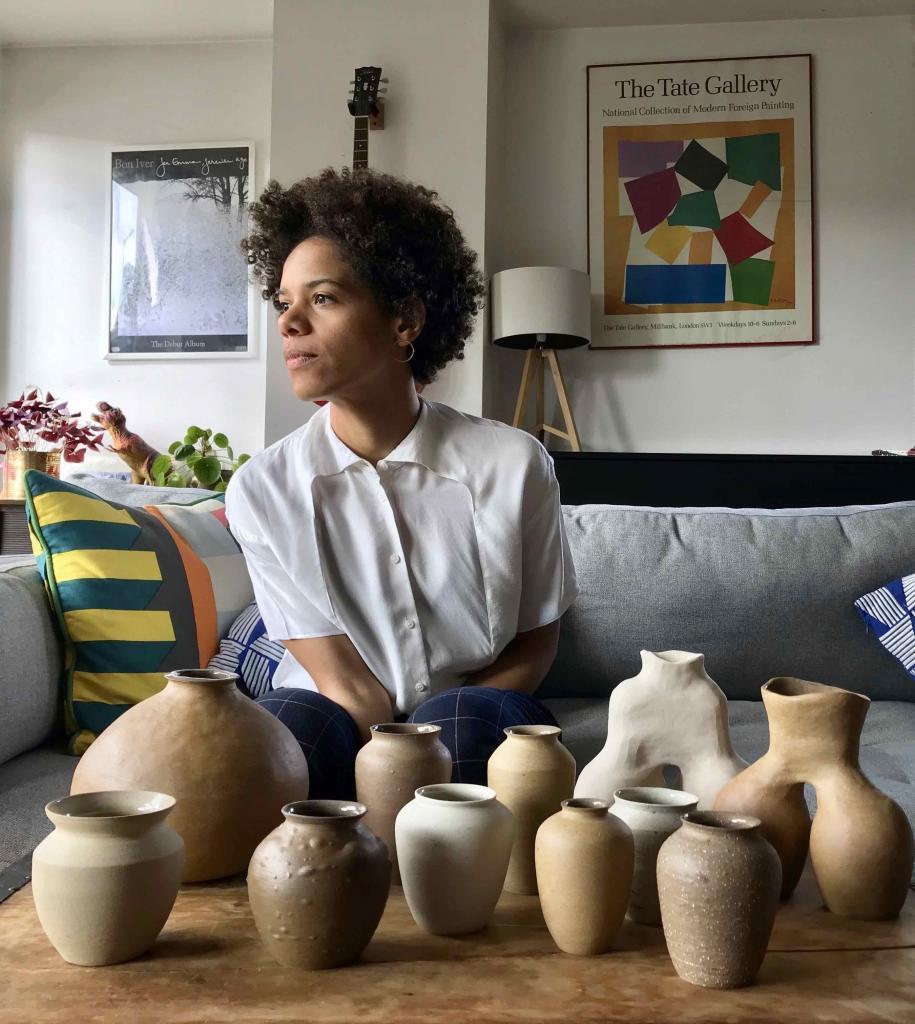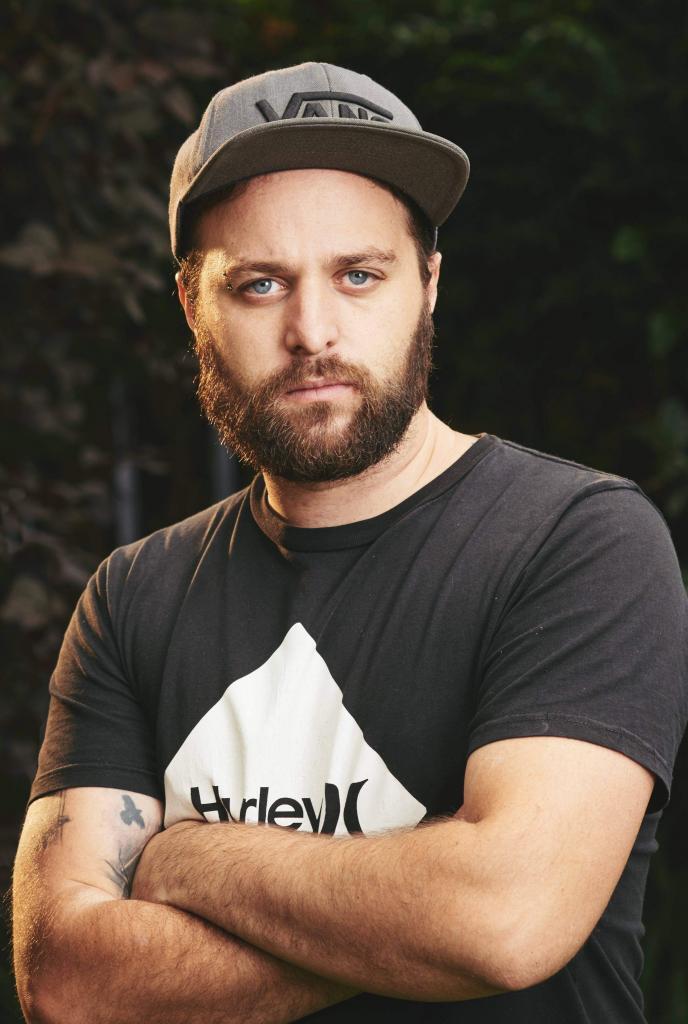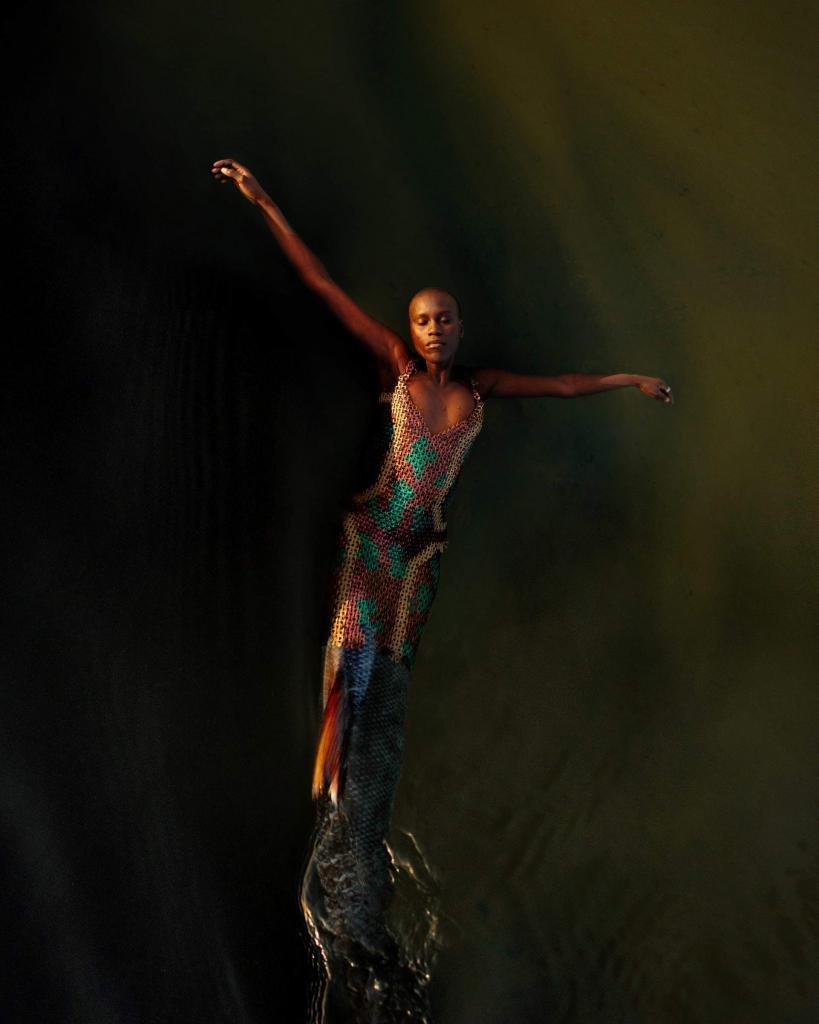28 Hats For Lamu is A Photographic series whose sales go to a Kenyan Association
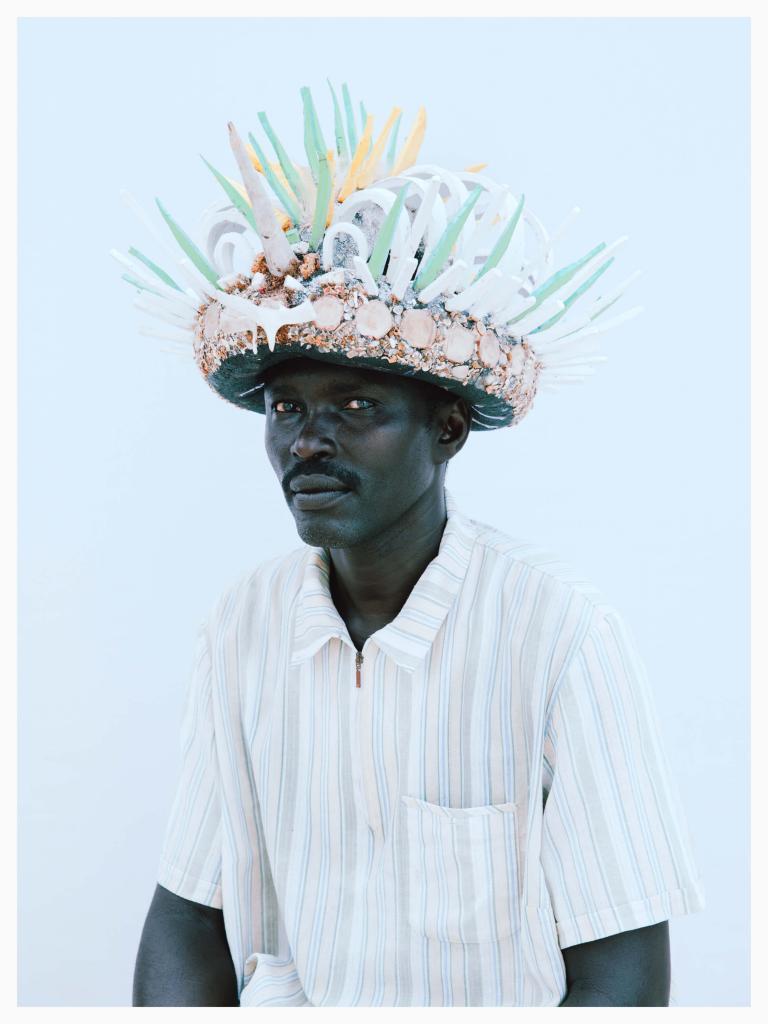
28 HATS FOR LAMU is a Photographic series whose sales go to New Leaf Rehabilitation Center in Kenya. The series celebrates the transformative power of creativity – how the ordinary becomes extraordinary as the imagination works its magic.
The photographs in this exhibition were made on the sub-equatorial island of Lamu in Kenya, in February 2020, by South-African photographer Kristin-Lee Moolman and French-British stylist Louise Ford, who spent much of her childhood between Zimbabwe and Kenya. The portraits document the competitors in this year’s Shela Hat Contest, a biannual event in which Lamunians foster environmental empathy.
Entrants create hats from material that would otherwise be thrown away, in a celebration of recycling and repurposing. The results are playful, joyous and often reflect the Lamunian experience. The photographs are currently exhibited in partnership with Artskop3437 (artskop.com) until 31 January 2021. 95% of the sales will be donated to the New Leaf association which is a rehabilitation centre in Lamu, Kenya.
Louise Ford And Kristin-Lee Moolman what does this project mean to you?
Louise Ford: 28 Hats for Lamu is a project that means a great deal to me personally. I spent 10 years of my life between Zimbabwe and Kenya, so being presented with the opportunity to create a body of work that not only celebrates the places and people I love, but also supports them, was one I had to act on. The project is an emotional investment that tells an important story. The creativity of the Lamunians and their environmental activism sets a rare example I hope inspires others to follow. 28 Hats For Lamu also demonstrates a light-hearted, festive and collaborative way to make political statements and talk about protecting our planet through community initiatives.
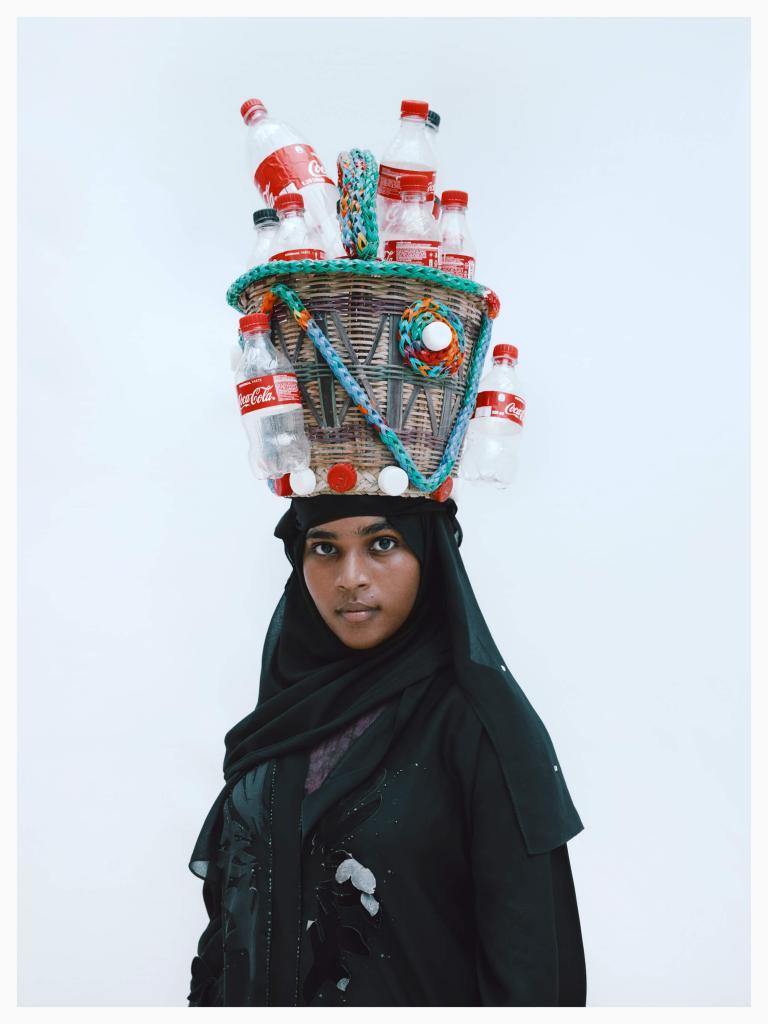
Kristin-Lee Moolman: 28 Hats for Lamu is significant to me because as a south african, one is constantly presented with negative images and news portraying african as a place of poverty and violence. The wealth of culture, the beauty of the landscapes, and the creative vision of many who live here is overshadowed by these stereotypes. The goal is always to contradict these negative assumptions by capturing the positives that are often ignored. This project is a celebration of creativity. It is about optimism, empowerment and paying homage to the artists of Lamu.
What was equally important to me in this instance was to be able to use images to give back and not just take from a community. This is a purely personal thought process, but I feel that creative’s have power through imagery to facilitate change. Now more than ever we have a responsibility to use the power we have to do good where we can.
Where and how did you find inspiration?
Louise Ford: About two years ago I came across a leaflet in Lamu town on a notice board for the Shela Hat Contest. I had never seen anything like it, the creativity was unprecedented especially since the participants are not necessarily artists. I then embarked on a year long search for the founder of the contest to see if shooting a series of portraits would be possible. He explained the contest’s guiding principles which were, of course, hat making but also conveying a message about conservation within their designs. I had been inspired by the hats and the contest for a while, so I immediately began work on the project to see how we could use the art as a resource to raise awareness as well as funds for a charity that would benefit the community directly. The New Leaf Rehabilitation Clinic was recommended by many locals as an organization with very high success rates but lacking funding to realize its full potential.
Kristin-Lee Moolman: My inspiration generally comes from the people I encounter, what inspires is personal empowerment, optimism, and creativity – so when I received the email from Louise detailing the project and past creations I was immediately moved and motivated to make the project happen no matter what.
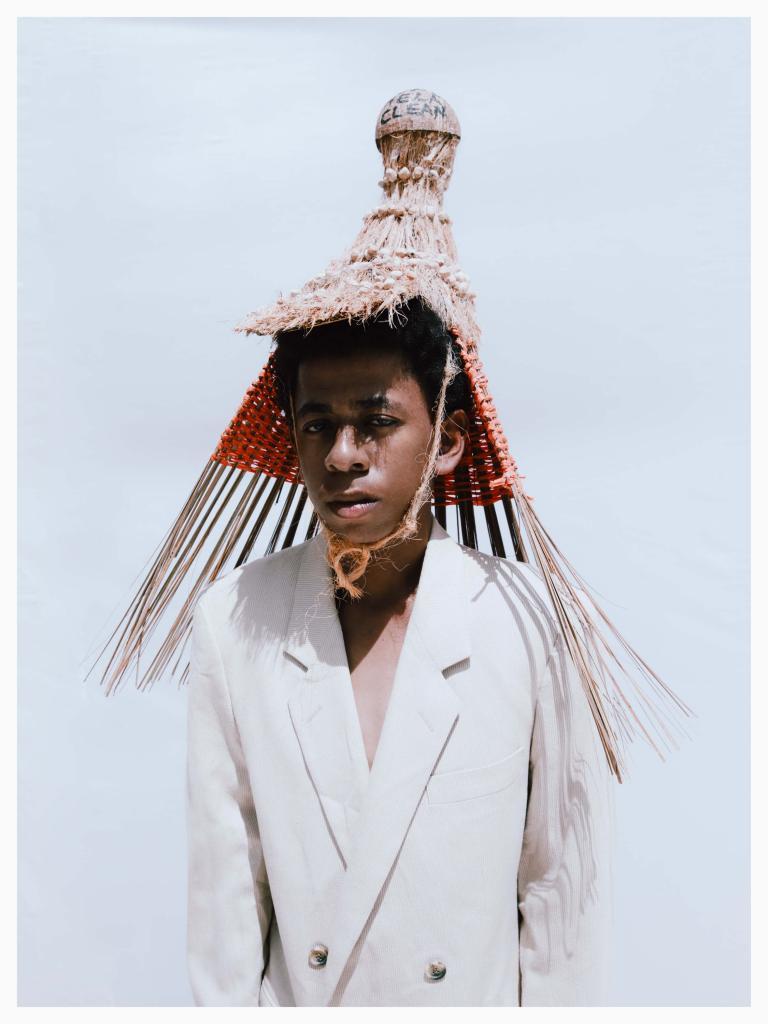
How you felt working with the Lamu community in relation to its culture and heritage? Would love to know how you intertwined references from the community and its multiculturalism to the final output.
Louise Ford: Lamu is a multi-cultural community and its history blends Bantu, Arabic, Indian and South-east Asian cultures with Kenyan cultures. I was so inspired by this multifaceted society and humbled by the warmth and openness the contestants afforded us.
Kristin-Lee Moolman: The community of Lamu is a multicultural society just like any other first world city, just on a much smaller scale. Culture and its effects is something universal. The intertwined references and the diversity of the island’s community affected the output of the work in much the same way as those same things affect work created in cities like London. The difference for me here was that the work felt less about the artist as a singular creator, and focussed more on the impact we humans have on the environment as a global community.
There is a sense of compassion for the natural world and its inhabitants, as well as an understanding of the consequences of not conserving as we should.
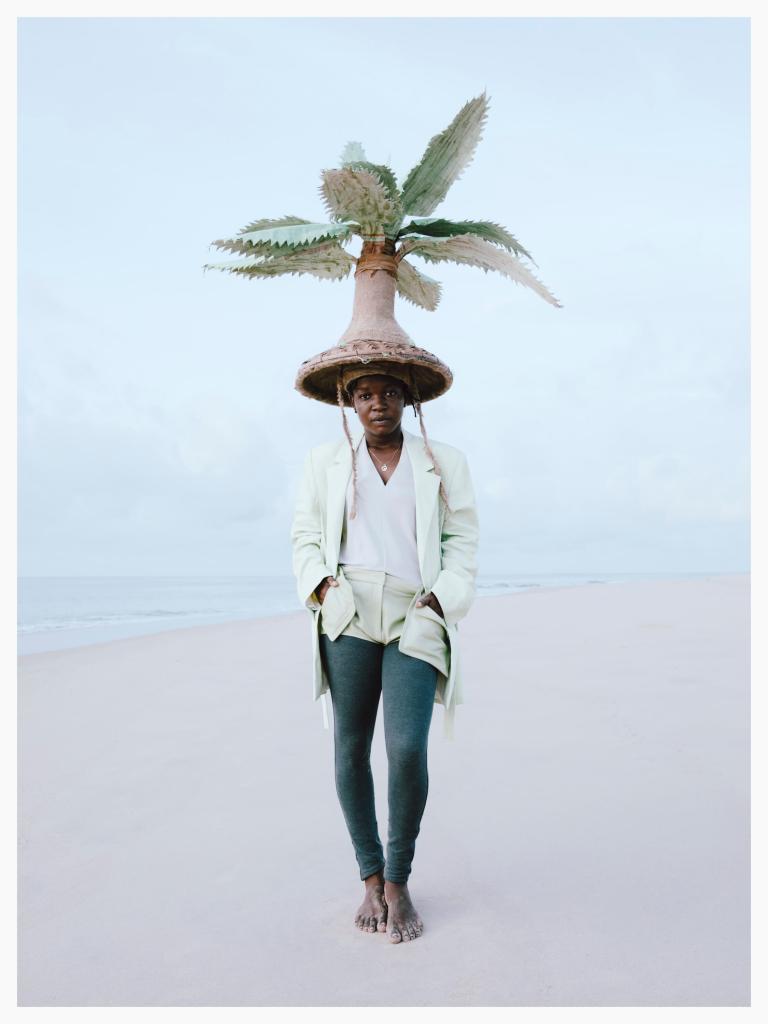
Sarah Wanjiku, Lamu, 2020 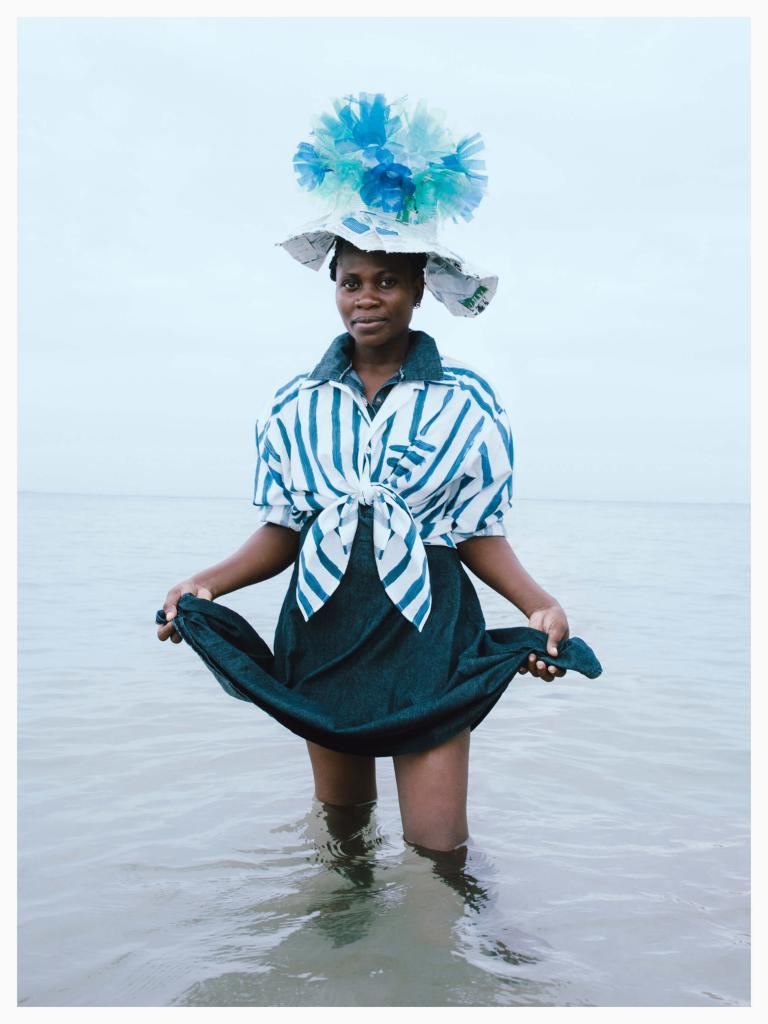
Priscillah Sidi, Lamu, 2020
Major difficulties/challenges?
K: There were no difficulties or challenges on the island at any point, the landscape was beautiful and it was a pleasure to work with everyone.
Generally one of the challenges when shooting a portrait is to stop yourself from imposing your idea of what somebody else is onto them, in essence capturing a ‘false portrait’. It may seem irrelevant but taking the time to develop a sort of ‘dialogue’ between yourself and your model is important, it allows that person to become comfortable enough to be captured as themselves.
The difficulties came after COVID-19 hit and we had no way to exhibit the images to raise funds. It took months of correspondence and research to reach a point where we could actually show the work, but in a virtual reality as opposed to a physical one. It was a decision which ended up benefiting the project as we are able to raise more funds for the foundation as well as reach more people globally, and enable the contestants themselves to view.
L: There weren’t many. Everyone without exception was a delight to work with; eager to get involved, help whenever they could and collaborate right up until the exhibition itself. Most contestants knew about and fully supported our goal to raise funds for the New Leaf Clinic, it was important that we shared a common drive and desired outcome.
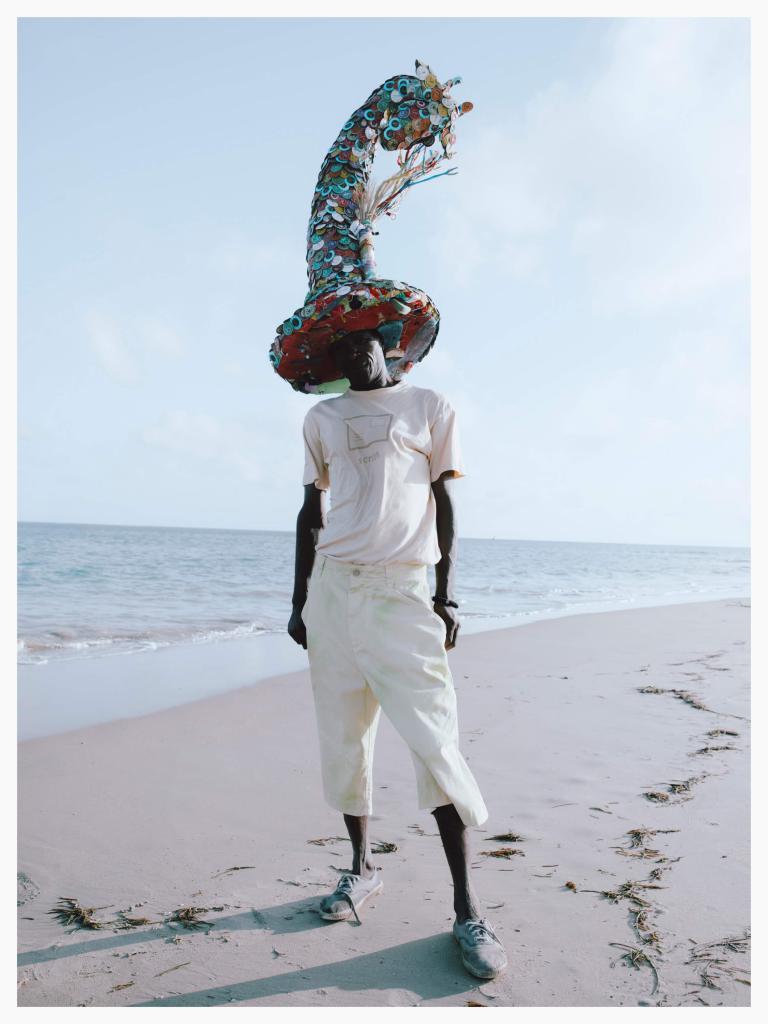
Photography available to collect. 95% of sales go to New Leaf Rehabilitation Center in Kenya. Click to buy the work. Free Shipping with code ART15
What are the practicalities you had to follow? And of course, feel free to add as much as you wish about it (from a personal and cultural viewpoint).
K&L : In terms of practicalities and different cultures Lamu is no different from anywhere else you would visit as a foreign photographer. Shooting subjects who are not professional models in a country that is not yours means you have to adopt a heightened sense of self awareness, and take care to be respectful of people and of their customs. It’s always good to keep in mind that people being photographed are doing you a service, not the other way around. Being foreigners and not speaking the local languages poses small challenges but is ultimately something that’s easily overcome. We made sure we had someone who could translate correctly. What is important is making who you shoot feel comfortable enough to be themselves regardless of your cultural differences or what languages either of you speak.
We mostly just felt honored to have been welcomed so warmly, and with such a collaborative spirit.
The works in this photographic series are available for purchase here. 95% of the sales will be donated to the New Leaf association in Kenya. The online exhibition lasts until January 31, 2021. Artskop3437 delivers worldwide and shipping is free for any purchase of a photo from the series.
This interview was previously published on Vogue Italia.

